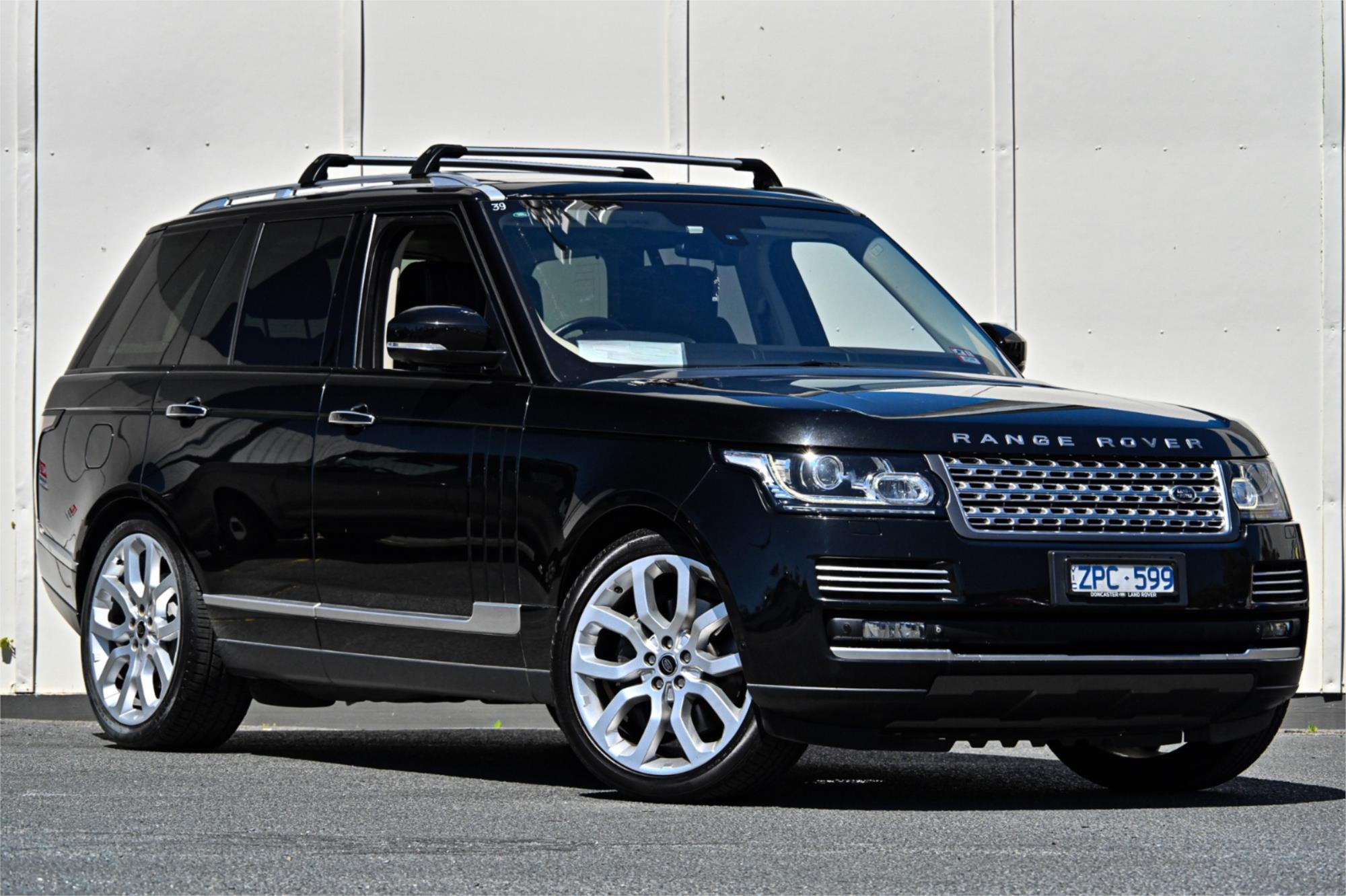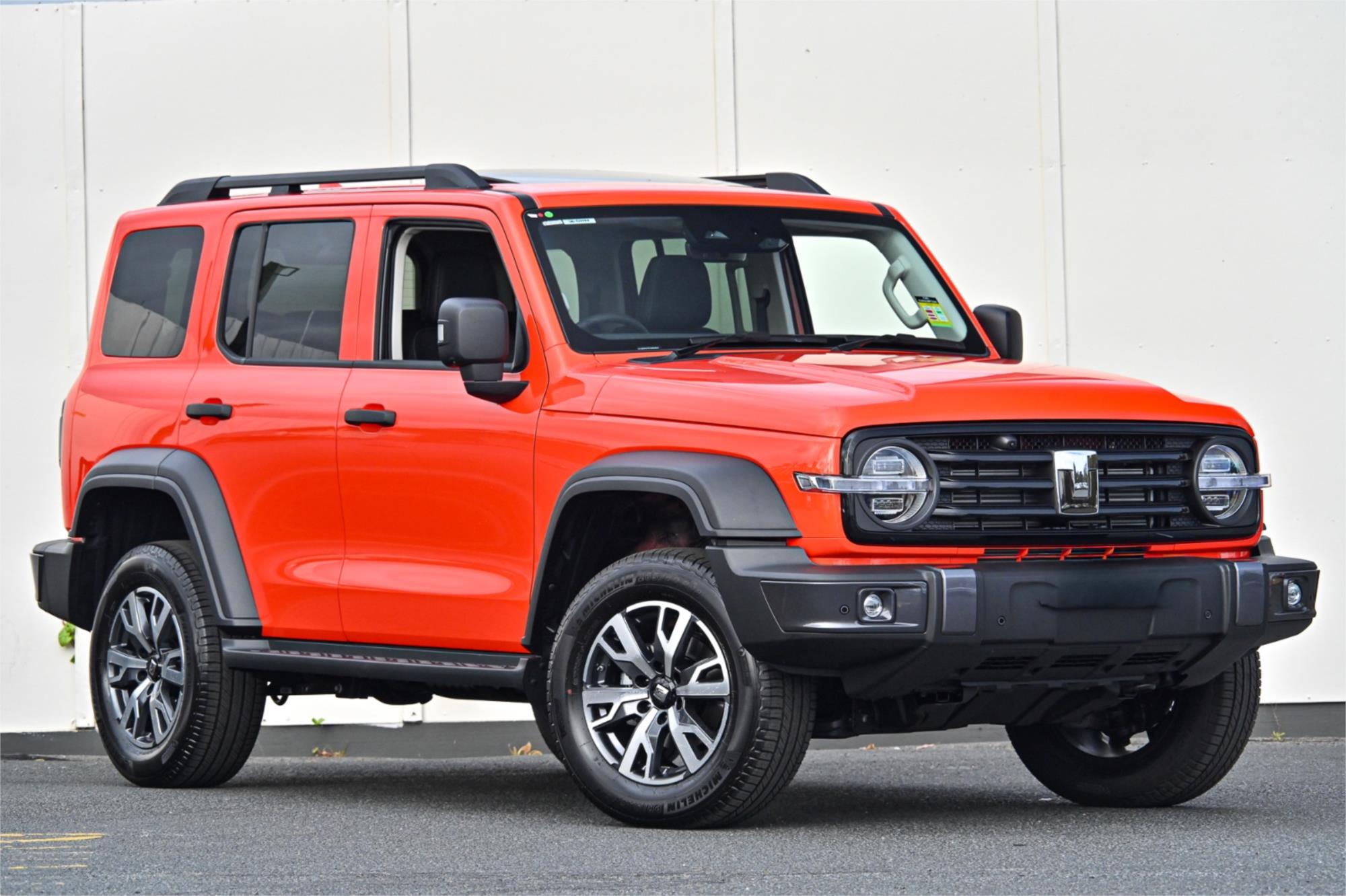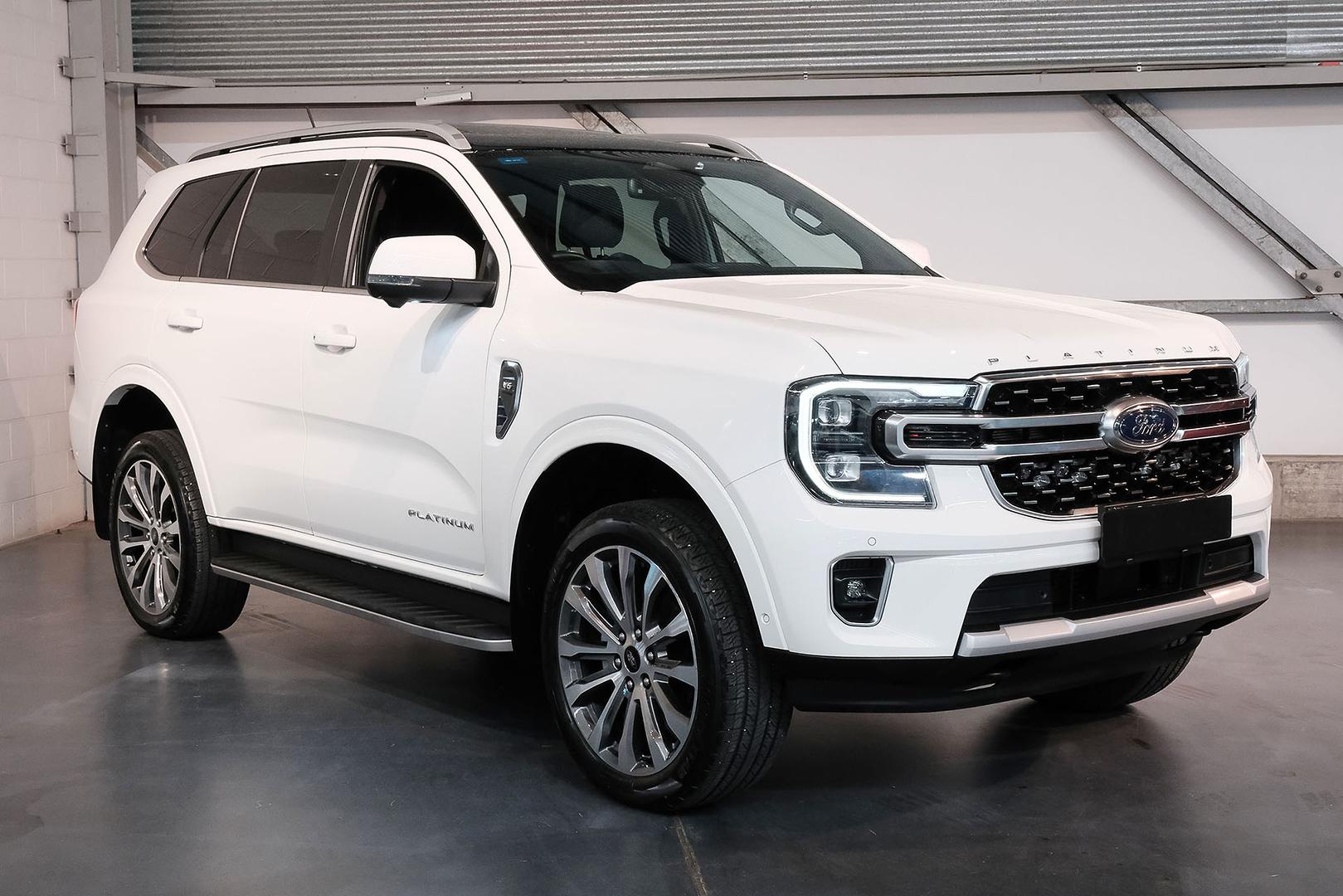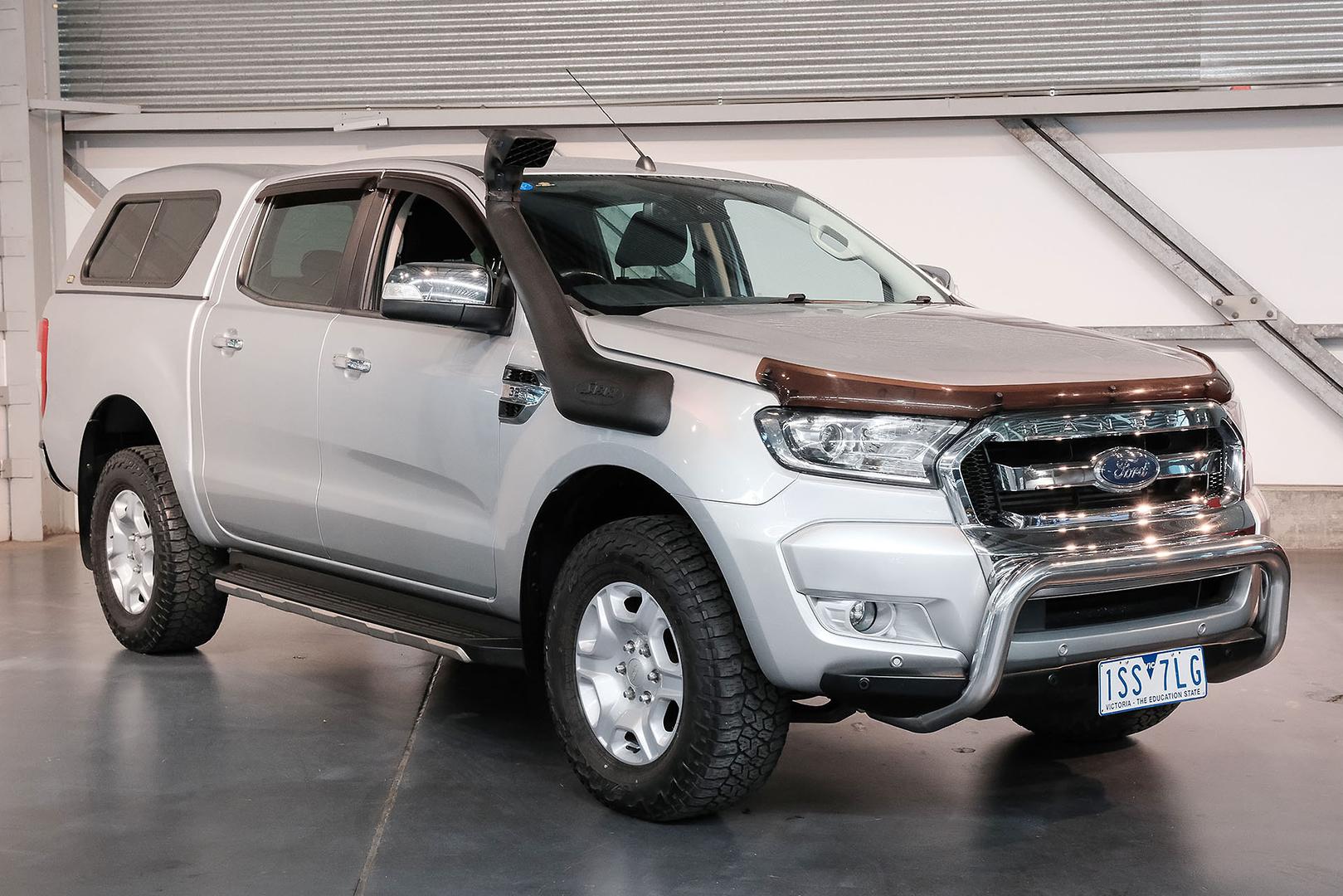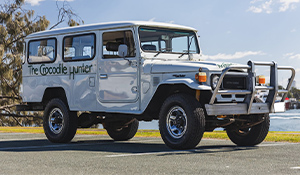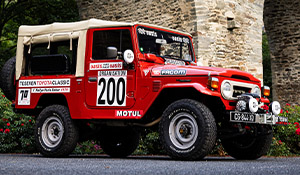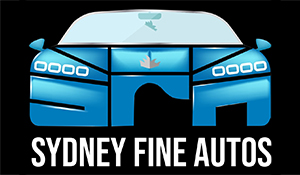Road Test – 2017 Isuzu D-Max
THE LATEST ITERATION of the Isuzu D-Max brings long overdue technical improvements, such as HDC (Hill Decent Control) but also a reworked EURO5 3.0-litre four-cylinder turbo-diesel.
There four main models to choose from, ranging from the trade spec. EX single cab ute right through to the Dual Cab LS-T ute that wouldn’t look out of place picking up the kids from private school amongst the Euro set…
New to the range is the X-Runner with bold colour schemes, set to appeal to the younger driver, has Ford’s Ranger Wildtrak firmly in its sights. Though 10K cheaper, and perhaps not quite as sophisticated.
While Isuzu’s ranges of trucks are built in Japan, the D-MAX range is built in Thailand. The development of the Australian Euro5 spec engine started back in 2014, with over two years and 100,000km of development work performed right here in Australia, under harsh Australian conditions.
Is it a good looker?

We’re told the design is inspired by the Orca whale and, at the local launch were even shown a picture where the Orca metamorphasised into the D-MAX. You might have trouble imagining it, we were having trouble seeing the family resemblance as well, though I have never had any luck seeing dog shapes in clouds either…
Regardless of the inspiration, the latest D-Max, with only a changed bonnet and front bumper, has a modern look that will no doubt be hidden, by a great number of buyers, with a steel or aluminium bull bar that should not only increase the functionality, but the approach angle as well.
The rear of the ute tub remains unchanged. Unfortunately, Isuzu hasn’t taken the opportunity to integrate a third brake light into the tail gate assembly. Instead, a third brake light is mounted to the top of the rear screen, the same as many sedans. Sedans, however, don’t carry loads in the tub that could easily obscure the third brake light. To Isuzu’s credit, unlike the market leader Hilux, the tailgate is lockable in most models.
Only the LS-U and X-Runner versions comes with side steps, and that’ll be the first thing you remove either before off-roading, or alternatively the first time you head out.

What’s it like inside?
While some may see the utes as primarily trade focused vehicles, the upper spec models are quite well appointed, with climate control, and even a seven-or eight-inch touchscreen. Disappointingly, reversing cameras aren’t standard across the range. Let’s hope Isuzu sees the benefit and makes it a standard inclusion, on new models.
There’s a dual glove box with a 12V power outlet in the upper glove compartment, just right for charging your phone and more universal than offering just a USB charging outlet that comes in some of the competition.
The steering wheel is a simple uncluttered design with controls for cruise, answering a phone call, and limited operation of the infotainment system. All of the windows are electrically operated with only the driver’s window equipped with one touch up and down.
Ergonomically, the cabin is well set out for the driver. In typical Japanese function over form, the switches are well marked and easily operated. The front seats are comfortable and supportive without feeling restrictive to movement. They also feature map (remember them?) storage pockets in the rear.
The rear seat passengers are accommodated with two door pockets with drink holder and a separate dual drink holder that flips out of the centre console on the automatic model. Additionally, there are back seat USB chargers. There is plenty of room for three full sized adults in the back seat.

The dual cab tub’s internal length is 1552mm and 1530mm in width. If you’re thinking you’ll be able to load a full-sized pallet in the back, unfortunately, the distance between the wheel wells 1105mm is a good 60mm short. You’ll need an Amarok with its 1222mm wheel-well clearance, to pull off that trick.
Like many of the competition, the tie downs in the tub are woefully inadequate. For a vehicle that purports to be a commercial, to fit four flimsy tie downs that are located half way up the side of the tub is laughable. Remember this is a vehicle that can carry more than 1000kg in the back, in an accident situation those tie downs would barely slow down the load, let alone stop it from being turned into a potentially lethal projectile. Sure, it’s possible to install some yourself, but they should come from the factory.

To Isuzu’s credit however, the tailgate is lockable, and easily operated with one hand.
What’s new about the D-Max?
The D-Max is a rear leaf sprung, solid axle ute with coil spring up front and independent suspension. The 4WD system is part-time without locking hubs. For this refreshed version of the D-Max there have been several refinements.
• A new bonnet
• New bumper
• Projector headlight and DRL on most of the range
• HDC (Hill Decent Control) that has an operational range of 4-30km/h
• A choice of 6 speed auto or manual gearboxes
• Improved torque output
• Improved noise/vibration/harshness
The main improvement has been developing the Euro5 spec emissions compliant engine. To do this Isuzu have used a DPF (Diesel Particulate Filter). Though they haven’t simply bolted the DPF to the exhaust and left well enough alone. New piston designs, new fuel injectors, a new fuel injector supply pump and a host of other small tweaks have netted the 3.0L engine an improved torque output from 380 Nm to 420Nm. Not only that, thanks to the new VGS turbocharger, you get peak torque 100rpm earlier in the rev range and hang onto it for 700rpm longer, from 1700rpm to 3500rpm.

What’s it like around town?
The D-Max is an easily liveable 4x4 around town, the new six-speed automatic gearbox shifts smoothly, the brakes are progressive and don’t require excessive effort. The steering is also weighted well for pottering around inslow traffic.
The new six-speed manual gearbox is not the same quality as the automatic, and its shift can best be described as notchy. There is no reverse lockout, unlike the Ranger for example, where you must lift a collar on the gear shift before you’re able to select reverse. So, some may select reverse when meaning to select first gear. Though after a few goes you’ll get used to the extra pressure on the gear shift required to select reverse and I can’t see it causing an issue.
The 4x4 selector has three settings, 2WD, 4WD high and 4WD low.
Part-time 4x4s that operate exclusively in two-wheel drive on the bitumen, especially utes with minimal weight on the back wheels often suffer from traction problems, especially in the wet. The day of the test was dry and hot, and even with spirited take offs there wasn’t a hint of wheel spin. This of cause, could change during rain...
Reverse parking can be an issue with a long-wheel base car. This is compounded by the large turning circle. Though at 12-12.6m, it’s comparable to the competition. There is a reversing camera on all but the most basic models making parking okay even with a load on the back that hinders your rearward vision.

What’s it like out of town?
We took a winding road through the mountains of northern NSW that were somewhat reminiscent of Victoria’s Great Ocean Road, with tight bends hugging the terrain. The D-Max offers neutral handling at speeds that most of the owners will be driving them, with a tendency for slight understeer when pushed. This of course can be mitigated by simply easing off the throttle.
Motoring through the mountain passes, I did notice a lack of mid-range torque, despite a torque increase. Even with 420Nm of torque available, the D-Max still has the least amount of torque amongst its dual-cab rivals. Admittedly only 10Nm short of the Tritons 430Nm, but a full 130Nm behind the class leading Amarok’s V6. That’s nearly 24% less torque from almost the same capacity engine.
The ride is acceptable for an un-laden ute. In a vehicle that can take more than 1000kg in the back, you can’t expect a limousine quality ride. Having said that, I drove from about 8am until around 4:30pm, breaking only for meals and photos. At the end of the day I didn’t feel the need to use a walking frame. The ADR fuel consumption is claimed to be improved by 5% over the previous versions 8.2L/100Km. Partially thanks to the engine and no doubt partially could be attributed the claimed slight improvement in aerodynamics thanks to the new front bodywork.
The cruise control operated seamlessly when modulating the speed working up and down gentle grades. My only criticism would be when accelerating using the cruise, the 80-100km/h times could be measured with a sundial. You would be better off just accelerating to the desired speed and resetting the cruise control.

What’s it like on dirt?
As soon as you hit the dirt, just like any part-time 4x4, you should change the dial from 2WD to 4WD to take advantage of the extra traction and more predictable handling afforded when you’re driving all four wheels. This can also be performed at speeds up to 80km/h so as not to halt your progress.
Even though limited dirt road driving was done on the day, the D-Max didn’t around on the slightly corrugated roads we encountered. The ESC also didn’t intervene at any stage and therefore I would recommend it left on.
Unlike some of the competition when you go off-road, the ABS programming, or for that matter the traction control doesn’t change, but more on that later.
To meet the Euro5 emission specifications, Isuzu adapted a DPF (Diesel Particulate Filter) to the exhaust system. Not a newcomer to using DPFs, Isuzu have been using them in their truck range for more than five years. A DPF takes the visible particulates from the exhaust gasses, contains them within the filter and periodically burns them off. Isuzu state that the burn is performed every 500Km. Though interestingly, while you can keep an eye on the level of particulates in the filter using the dash display, unlike their truck range, there is no way to perform a manual burn.

Commendably, and unlike any other manufacturer, the DPF is mounted vertically in the engine bay. If the vehicle is parked over long grass and a DPF that is mounted on the underside of the vehicle performs an automated burn, the temperature of the DPF has a real risk of catching the grass on fire. Of course, the best way to avoid this is not to park a hot vehicle, DPF equipped or not, on long grass. The downside to this, of course, is increased under bonnet temperature that could lead to side effects like reduced battery life.
What’s it like off-road?
First we went 4WDing on the beach. To successfully go off-road in high range you need to turn off the ESC. This is usually easily accomplished by simply pressing the ESC button on the dash until the “car doing skids” indicator lights up on the dash.
In the case of the D-Max simply pressing the ESC button for a couple of second on dash, brings up the “TRC OFF” light. It turns off both engine and brake traction control off. If you press the ESC button for at least seven seconds, then both the TRC OFF and ESC indicators light, turning both systems off.

The problem with this is you want the ESC system off for high-range 4WDing, but you don’t want traction control turned off. For instance, negotiating a beach exit, you don’t want the ESC automatically backing of the throttle when you get a little sideways.
You don’t, however, want to turn off the brake traction control. This is predominantly how old-school 4WDs got stuck. Without brake traction control you can easily get “cross-axled”, which is where one wheel from one axle and a second wheel from the one diagonally opposite spin, providing no drive to the wheels with traction.
Low range however is a different story, when you select low-range 4x4, the ESC is natively disabled, and so is engine traction control. And this is exactly the configuration you need when negotiating off-road obstacles. If you come to an obstacle that needs 4x4, such as a beach exit, you’ll be much better served with selecting low range and being able to reap the benefit of brake traction control and possibly selecting a higher gear, than using high-range 4x4.
A first for the D-MAX is the hill descent control which is operated using a button on the dash just to the right of the steering wheel. On reasonably sedate declines the hill descent control works well. You’re able to adjust the speed using the brake pedal once activated, to speeds in between 4-30km/h. It also automatically deactivates at 50km/h.

For those who have to negotiate heavy terrain, you’ll know 4km/h is way too fast. When you’re lowering your vehicle down a decent rock step you’ll need to be doing less than one kilometre per hour. While the minimum speed is too fast for some scenarios, you’re able to use the brake. Once you’re past the obstacle, take your foot back of the brake and HDC will re-engage.
As with all its dual-cab competition bar the Navara, the D-Max has leaf springs in the rear. This spring design offers a progressive spring to handle loads easily, and cheaply, but is left wanting off-road where articulation is poor, resulting in the D-Max picking up a wheel rather than rolling with the terrain.
The crawl ratio with the adoption of the six-speed gearboxes has been improved for both transmissions. The manual, for instance, has gone from 40:1 to 46:1. What that means for the driver is selecting first-gear low range negates the use of HDC and you’ll not need additional braking in all but the roughest terrain.
The D-Max, like most modern manuals, features anti-stall technology. If you point it at a hill in first gear, release the clutch then the D-Max will idle its way up the hill and will automatically increase the throttle to avoid stalling. This feature was tested and functions progressively, with little more than hearing the engine working harder than normal to know that it’s operating.

However, if you need to stall the vehicle deliberately, such as when performing a stall-stop key-start recovery, a firm foot on the brake will bring the proceedings to a halt with the engine stalled. You can also key start the vehicle, that is start the vehicle in gear without the clutch being depressed.
The brake traction control is useful, but not as refined as, for example, as that on Toyota or Mitsubishi competitors. The D-Max was purposely cross-axled on an obstacle, then left to its own devices, to gauge the effectiveness of the brake traction control. Forward momentum was completely halted for a couple of seconds with light accelerator pressure until the brake traction control applied some brake to the spinning wheels before we started moving again. Unfortunately, this complete loss of forward momentum can, in some scenarios be all you need to get completely bogged.
The largest wheel diameter available is 17-inch and that’s great for off-roaders. When you get into rim diameters of 18-inch and up, not only are there a greatly reduced availability of genuine off road tyres, the likelihood of tyre damage increases exponentially as the tyre sidewall tyre height decreases.

Unusually for a manufacturer, Isuzu rate the tow points to the GVM of the vehicle. In this case a maximum of 2950kg. Unfortunately, even if you use a bridle to distribute the load across two tow points almost increasing the capacity two-fold, this still comes up short for the Australian Standards recommended 8000kg snatch strap for the vehicle. This could potentially see the factory tow points removed at very high velocity toward the recovering car, with potentially lethal results.
Thankfully the aftermarket has rated recovery points that will simply bolt in place of the factory loops. If you go off road, throw the factory tow points in the bin and replace them with dedicated recovery points.
What about safety features?
As has become the norm with all modern utes, you’ll get a plethora of safety features to protect your loved ones. Included are six airbags, (dual front, curtain and side, ESC (Electronic Stability Control) EBD (Electronic Brakeforce Distribution, used to proportion the braking force correctly with varying loads). ABS (Anti-Skid Brake System) and EBA (Emergency Brake Assist). All this add to the ANCAP 5 Star rating.
Unfortunately, there are no ISOFIX child seat restraint points fitted. Neither will you be getting advanced safety features like lane departure alerts or blind spot monitoring. TSC (Trailer Sway Control) is also absent, which is a missed opportunity considering the target demographic will be likely towing.

Why would you buy one?
In the small – medium truck sector there is no equal to Isuzu. Their dependability is the stuff legends are made of. So why do Toyota sell almost three times as many Hiluxs as Isuzu sell D-Maxs? The Toyota has the same reputation in utes that Isuzu have in small trucks, a reputation that has been built over decades. Isuzu’s market share is steadily building, and with the cross over between trucks and utes (the D-Max uses the same engine as the smallest of the Isuzu trucks) It’ll take a little while, though there will come a day where worksites all over this land of ragged mountain ranges will be full of D-Max varaints.
Our verdict
The D-MAX has always been the quiet achiever. With the lineage of the best small-medium truck manufacturer behind them, don’t dismiss them as an also-ran. But do the upgrades have what it takes to topple the king Hilux?













2017 Isuzu D-Max
Pricing: $28,500 (Single Cab Chassis) - $54,800 (4x4 LS-T Auto Dual Cab) plus on-road costs
Warranty: 5 years, 130,000km
Engine: 3.0-litre turbocharged four-cylinder diesel
Power/Torque: 130kW at 3600rpm, 430Nm at 2000-2200rpm
Dimensions: 5040mm (Single-Cab)- 5295mm (Dual-Cab) (L), 1775mm (Single-Cab)-1860mm (Dual Cab) (W), 1685mm (Single-Cab) – 1855mm (Dual Cab)(H);
Tare weight: 1545-1970kg
Spare: full sized
Towing: 750kg unbraked, 3500kg braked, max TBM 350kg
Transmission: six-speed manual; six-speed automatic
Drive: part-time 4WD with low range
Turning circle: 12-12.6m
Wading depth: 500mm
Approach/Departure angles: 30/22.7 degrees
Ground clearance: 235mm
Crawl ratio: 33:1 auto, 46:1 manual.
Fuel consumption: 8.1L/100km (manual) / 7.9L/100km (auto)
Fuel tank: 76L
Fuel: diesel


